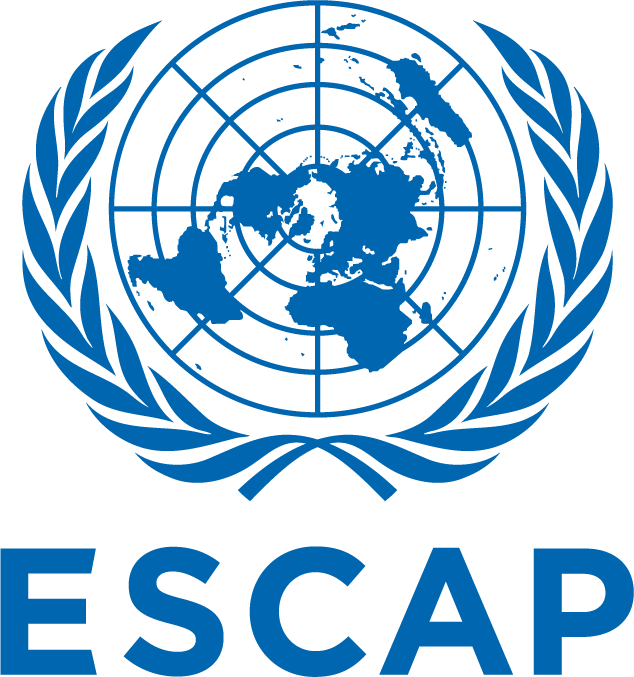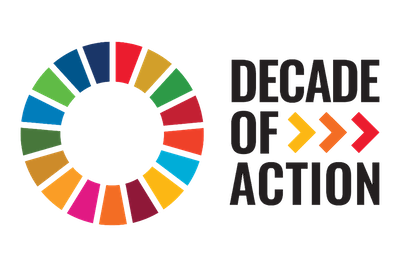25 March 2025 B
Celery Drupal Upload Id
ee0cd38c-b92f-4a51-9ab9-89cd18cb4987
Celery Geonode Upload Id
49bdfcff-8d3f-439b-99d8-066160735e54
Country Code
SASCOF
Layer Parent Group
SASCOF
Map Legend
[{"label":"Above Normal > 90%","color":"#002673"},{"label":"Above Normal 80 - 90%","color":"#00389b"},{"label":"Above Normal 70 - 80%","color":"#004cc3"},{"label":"Above Normal 60 - 70%","color":"#1f75ec"},{"label":"Above Normal 50 - 60%","color":"#1b85ff"},{"label":"Above Normal 40 - 50%","color":"#52adff"},{"label":"Above Normal 35 - 40%","color":"#89ceff"},{"label":"Above Normal < 35%","color":"#ff00ff00"},{"label":"Below Normal < 35%","color":"#ff00ff00"},{"label":"Below Normal 35 - 40%","color":"#ffffcc"},{"label":"Below Normal 40 - 50%","color":"#ffea9a"},{"label":"Below Normal 50 - 60%","color":"#fece6a"},{"label":"Below Normal 60 - 70%","color":"#fea245"},{"label":"Below Normal 70 - 80%","color":"#fc6932"},{"label":"Below Normal 80 - 90%","color":"#e92b22"},{"label":"Below Normal > 90%","color":"#c20425"}]
Public
False
Processing Statuses
["S", "S", "S", "S", "S"]Scenarios Files Links
["https://geonode.thinkbluedata.org/datasets/geonode:rainfall_jjas_2023_above_normala51ea3b77ad8/dataset_download","https://geonode.thinkbluedata.org/datasets/geonode:rainfall_jjas_2023_below_normal5a13980e2078/dataset_download"]Scenarios Layers URLs
["https://geonode.thinkbluedata.org/geoserver/gwc/service/wmts/rest/geonode:rainfall_jjas_2023_above_normala51ea3b77ad8/geonode:rainfall_jjas_2023_above_normala51ea3b77ad8/TBD_EPSG:900913/EPSG:900913:{z}/{y}/{x}?format=image/png","https://geonode.thinkbluedata.org/geoserver/gwc/service/wmts/rest/geonode:rainfall_jjas_2023_below_normal5a13980e2078/geonode:rainfall_jjas_2023_below_normal5a13980e2078/TBD_EPSG:900913/EPSG:900913:{z}/{y}/{x}?format=image/png"]Is Preset
No
Output Folder
20250325133941
25 March 2025
Celery Drupal Upload Id
bd848341-fd03-4a2e-a56b-652af0aa3a27
Celery Geonode Upload Id
71d2047a-d216-4956-836f-2a90a53dd9bc
Country Code
SASCOF
Layer Parent Group
SASCOF
Map Legend
[{"label":"Above Normal > 90%","color":"#002673"},{"label":"Above Normal 80 - 90%","color":"#00389b"},{"label":"Above Normal 70 - 80%","color":"#004cc3"},{"label":"Above Normal 60 - 70%","color":"#1f75ec"},{"label":"Above Normal 50 - 60%","color":"#1b85ff"},{"label":"Above Normal 40 - 50%","color":"#52adff"},{"label":"Above Normal 35 - 40%","color":"#89ceff"},{"label":"Above Normal < 35%","color":"#ff00ff00"},{"label":"Below Normal < 35%","color":"#ff00ff00"},{"label":"Below Normal 35 - 40%","color":"#ffffcc"},{"label":"Below Normal 40 - 50%","color":"#ffea9a"},{"label":"Below Normal 50 - 60%","color":"#fece6a"},{"label":"Below Normal 60 - 70%","color":"#fea245"},{"label":"Below Normal 70 - 80%","color":"#fc6932"},{"label":"Below Normal 80 - 90%","color":"#e92b22"},{"label":"Below Normal > 90%","color":"#c20425"}]
Public
False
Processing Statuses
["S", "S", "S", "S", "S"]Scenarios Files Links
["https://geonode.thinkbluedata.org/datasets/geonode:rainfall_jjas_2023_above_normal/dataset_download","https://geonode.thinkbluedata.org/datasets/geonode:rainfall_jjas_2023_below_normal/dataset_download"]Scenarios Layers URLs
["https://geonode.thinkbluedata.org/geoserver/gwc/service/wmts/rest/geonode:rainfall_jjas_2023_above_normal/geonode:rainfall_jjas_2023_above_normal/TBD_EPSG:900913/EPSG:900913:{z}/{y}/{x}?format=image/png","https://geonode.thinkbluedata.org/geoserver/gwc/service/wmts/rest/geonode:rainfall_jjas_2023_below_normal/geonode:rainfall_jjas_2023_below_normal/TBD_EPSG:900913/EPSG:900913:{z}/{y}/{x}?format=image/png"]Is Preset
No
Output Folder
20250325090711


